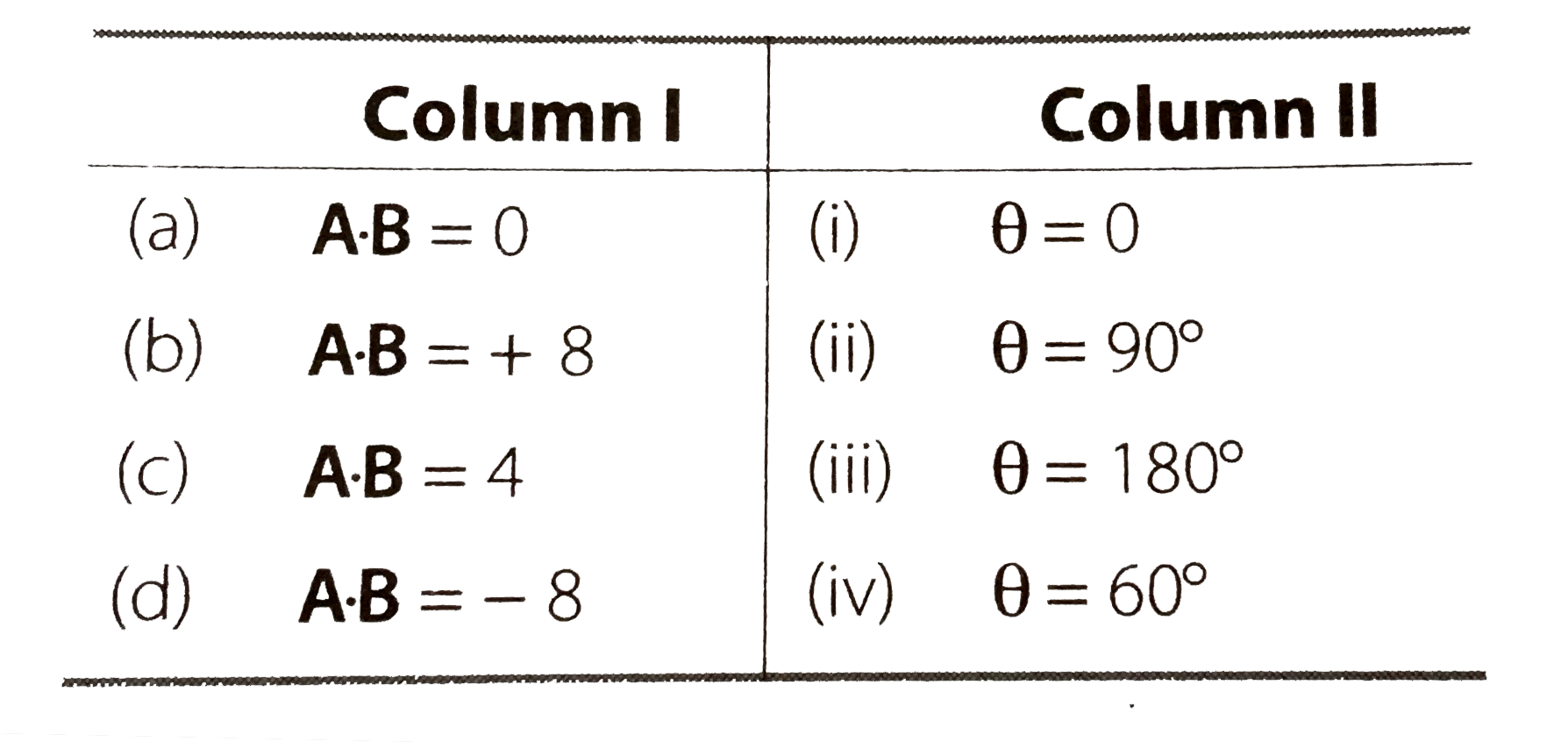Match the elements given in Column I with the properties mentioned in Column II.
ColumnIColumnIIA.Li1.Insoluble sulphateB.Na2.Strongest monoacidic baseC.Ca3.Most negativeEΘvalue among alkali metalsD.Ba4.Insoluble oxalate5.6s2outer electronic configuration
The correct Answer is:A. →(3) B. →(2) C. →(4) D. →(5)
To match the elements from Column I with the properties in Column II, we can analyze each element and its corresponding property step by step.
1. Element A: Lithium (Li)
- Lithium has the most negative standard electrode potential (E°) value among alkali metals due to its high hydration energy. This high hydration energy compensates for its ionization energy, making it a strong reducing agent.
- Match: A → 3 ("Most negative" E° value among alkali metals)
2. Element B: Sodium (Na)
- Sodium is known to form the strongest monoacidic base. A monoacidic base releases one hydroxide ion (OH⁻) in solution. Sodium hydroxide (NaOH) is a strong base, and compared to lithium, which has covalent character, sodium is the strongest among the alkali metals.
- Match: B → 2 ("Strongest monoacidic base")
3. Element C: Calcium (Ca)
- Calcium oxalate (CaC₂O₄) is known to be insoluble in water. This property is significant as it is often associated with kidney stones.
- Match: C → 4 ("Insoluble oxalate")
4. Element D: Barium (Ba)
- Barium has an outer electronic configuration of 6s², and it also forms an insoluble sulfate (BaSO₄) due to its low hydration energy, which prevents it from dissolving in water.
- Match: D → 1 ("Insoluble sulfate") and D → 5 (6s² outer electronic configuration)
Final Matches:
- A → 3
- B → 2
- C → 4
- D → 1 and 5
- Lithium has the most negative standard electrode potential (E°) value among alkali metals due to its high hydration energy. This high hydration energy compensates for its ionization energy, making it a strong reducing agent.
- Match: A → 3 ("Most negative" E° value among alkali metals)
- Sodium is known to form the strongest monoacidic base. A monoacidic base releases one hydroxide ion (OH⁻) in solution. Sodium hydroxide (NaOH) is a strong base, and compared to lithium, which has covalent character, sodium is the strongest among the alkali metals.
- Match: B → 2 ("Strongest monoacidic base")
- Calcium oxalate (CaC₂O₄) is known to be insoluble in water. This property is significant as it is often associated with kidney stones.
- Match: C → 4 ("Insoluble oxalate")
- Barium has an outer electronic configuration of 6s², and it also forms an insoluble sulfate (BaSO₄) due to its low hydration energy, which prevents it from dissolving in water.
- Match: D → 1 ("Insoluble sulfate") and D → 5 (6s² outer electronic configuration)
- A → 3
- B → 2
- C → 4
- D → 1 and 5
Topper's Solved these Questions
- BOOK - NCERT EXEMPLAR ENGLISHCHAPTER - THE S-BLOCK ELEMENTS EXERCISE - Assertion and Reason2videos
THE S-BLOCK ELEMENTS
- BOOK - NCERT EXEMPLAR ENGLISHCHAPTER - THE S-BLOCK ELEMENTS EXERCISE - Long Answer Type Questions8videos
THE S-BLOCK ELEMENTS
- BOOK - NCERT EXEMPLAR ENGLISHCHAPTER - THE S-BLOCK ELEMENTS EXERCISE - Short Answer Type Questions11videos
THE S-BLOCK ELEMENTS
- BOOK - NCERT EXEMPLAR ENGLISHCHAPTER - THE P-BLOCK ELEMENTSEXERCISE - Long Answer9videos
THE P-BLOCK ELEMENTS
- BOOK - NCERT EXEMPLAR ENGLISHCHAPTER - THERMODYNAMICSEXERCISE - Multiple choice questions62videos
THERMODYNAMICS
Similar Questions
Match the elements given in Column I with the colour they impart to the flame given in Column II.
ColumnIColumnIIA.Cs1.Apple greenB.Na2.VioletC.K3.Brick redD.Ca4.YellowE.Sr5.Crimson redF.Ba6.BlueView SolutionMatch the compounds given in Column I with their uses mentioned in Column II.
ColumnIColumnIIA.CaCO31.Densitry ornamental workB.Ca(OH)22.Manufacture of sodium carbonate from caustic sodaC.CaO3.Manufacure of high quality paperD.CaSO44.Used in white washingView SolutionMatch the species given in Column I with the properties mentioned in Column II
Column-IColumn-IIA.BF−41.Oxidation state of central atom is +4B.AlCl32.Strong oxidising agentC.SnO3.Lewis acidD.PbO24.Can be further oxidised5.Tetrahedral shapeView SolutionMatch the types of colloidal systems given in Column I with the name given in Column II.
Column IColumn IIA.Solid in liquid1.FoamB.Liquid in solid 2.SolC.Liquid in liquid 3.GelD.Gas in liquid4.EmulsionView SolutionMatch the elements given in column (I) with the most appropriate expected values given in column (II)
Column IColumn IIElementElectronegative valuesA.F(p)3.5B.O(q)3.0C.N(r)4.0D.C(s)2.5View SolutionMatch the species given in Column I with properties given in Column II
Column-IColumn-IIA.Diborane1.Used as a flux for soldering metalsB.Gallium2.Crystalline form of silicaC.Borax3.Banana bondsD.Aluminossilicate4.Low melting, high boiling, useful for measuring high temperaturesE.Quartz5.Used as catalyst in petrochemical industriesView SolutionIf |A|=2 and |B| = 4, then match the relation in Column I with the angle θ between A and B in Column II.
 View Solution
View SolutionMatch the items given in Column 1 with examples give in Column II.
Column IColumn II(a)Hydrogen bond(i)C(b)Resonance(ii)LiF(c)Ionic solid(iii)H2(d)Covalent solid(iv)HF(v)O3View SolutionMatch the vitamins given in Column I with the deficiency disease they cause given in Column II.
ColumnI(Vitamins)ColumnII(Diseases)A.VitaminA1.Pernicious anaemiaB.VitaminB12.Increased blood clotting timeC.VitaminB123.XerophthalmiaD.VitaminC4.RicketsE.VitaminD5.Muscular weaknessF.VitaminE6.Night blindnessG.VitaminK7.Beri-beri8.Bleeding gums9.OsteomalaciaView SolutionMatch the order given in column (I) with the property(les) in column (II).
Column IColumn II(A)Rb2CO3>K2CO3>Na2CO3(p)Solubility of salts in water(B)SrSO4>CaSO4>MgSO4(q)Thermal stability of salts(C)Rb>K>Na(r)Softness of metals(D)Be>Mg>Ca(s)Hydration energy of metals(t)Ionisation energy of metalsView Solution

